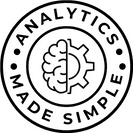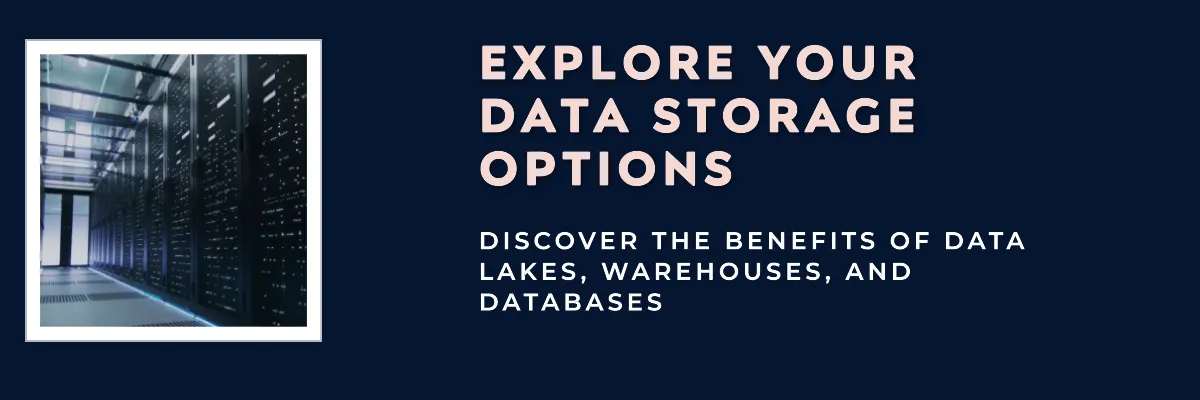With the massive growth in data, companies today have many options for managing all that information. Getting to grips with the differences between databases, data warehouses, data lakes, and data marts is critical for selecting the right platform. This post will provide an in-depth look at each Data Storage solution.
Table of Contents
Databases – Your Reliable Workhorses
First, we have databases, which many of us interact with daily. Databases are optimized to store and manage structured data that need fast, reliable access like customer profiles, product information, online transactions, etc. Think of the database behind your favorite shopping app – it powers those fast searches and orders!
Databases organize data neatly into rows and columns with defined relationships, almost like Excel spreadsheets on steroids. This structured approach allows applications to efficiently query and update data as needed. Popular relational databases like SQL Server, Oracle, Snowflake, Google Cloud, AWS, and MySQL provide robust foundations for transactional systems.
Use When: You need fast access to business data powering daily operations and transactions.
Examples: e-commerce order data, user profiles, and inventory databases.
Data Marts – Departmental Analytics Stores
Data marts contain a subset of enterprise data tailored to a specific business unit, department, or use case. For example, marketing may need to analyze campaign performance while supply chain analyzes logistics metrics. Data marts are analytical data stores optimized to meet the needs of particular organizational groups. They enable customized modeling, access, and performance tuning based on user and workload requirements. Top data mart technologies include Microsoft SQL Server (MSSQL, MSSAS), SAP HANA, Oracle Hyperion, Amazon Redshift, DataBricks, Snowflake, Google BigQuery, and Teradata. Data marts simplify access to relevant data for focused analytics uses.
Use When: You have departments that need their own curated data sets for focused reporting and analysis.
Examples: Marketing campaign analytics, sales region-specific data, and inventory analysis for manufacturing.
Data Warehouses – Analytics Engines
Now let’s look at data warehouses. While databases support live operations, data warehouses are designed to enable the analysis of historical data for business intelligence. Data from various sources is consolidated and structured to allow flexible reporting and queries.
For example, an executive could quickly analyze sales trends by date, product, and region all in one place to guide business strategy. If you need centralized data for in-depth analytics – that’s where data warehouses like Snowflake and BigQuery come in handy.
Use When: You need one place to analyze all your business data for metrics, dashboards, and reporting.
Examples: Sales metrics dashboards, digital marketing data, and inventory trend analysis.
Data Lakes – Flexible Raw Storage
Next up are data lakes for storing vast amounts of raw, unstructured data. Rather than neatly organized rows and columns, data lakes are like huge dumping grounds for scraps of data of all shapes and sizes! This flexibility allows advanced analytics applications to access granular data to uncover insights.
Think of social media posts, device sensor readings, and web server logs – data lakes like AWS S3 can efficiently store any volume of that raw data until it’s needed for modeling.
Use When: You have diverse, unstructured data feeding advanced analytics like machine learning.
Examples: Social media data, web server logs, product images and videos, IoT sensor data.
Summary
The optimal data platform depends on business needs, data types, and analytics goals. A hybrid approach combining data warehouses, lakes, marts, and databases is common in enterprise environments. However, if you run a small business, it is not uncommon to start with a simpler cloud storage solution that can solve the majority of problems, as data volumes grow, leveraging the right foundations will enable data-driven insights and innovation.
Cheers!
-J








